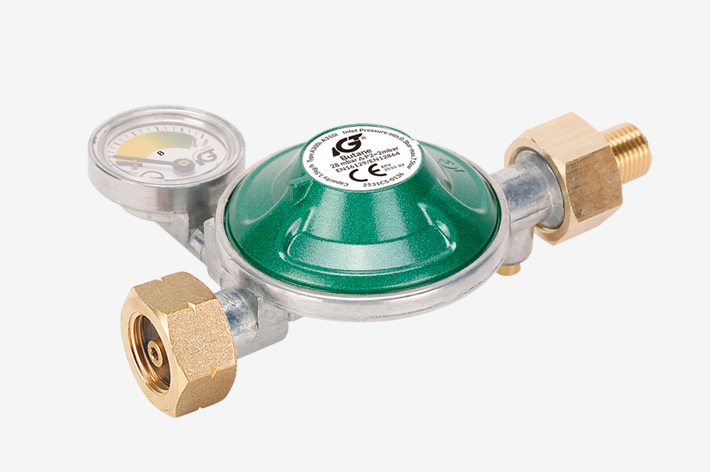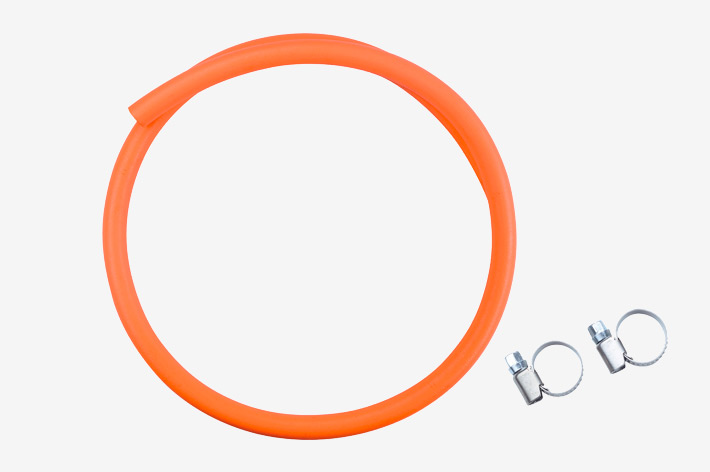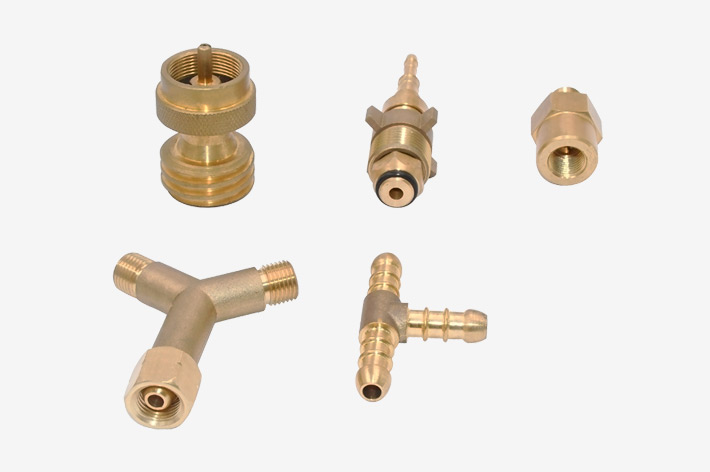From industrial processes to household appliances, gas regulators play a critical role in controlling the flow and pressure of gases in various applications. They not only ensure the safe transmission of gases but also enhance the efficiency and reliability of systems. As a leader in the industry, IGT offers a variety of types of gas regulator connectors with different configurations and connection options. This blog will explore the diversity of IGT gas regulator connector types, including their functions and how to choose the right connector for specific applications.
Gas Regulator Connector Types
IGT offers a wide range of gas regulator connectors, each with specific designs and functions to meet different industrial needs. Here are some common types of gas regulator connectors:
Non-Pressure-Reducing Gas Regulator Connectors: These connectors are typically used in non-pressure-reducing gas systems. They can withstand higher initial pressures to ensure the stability of gas transmission.
C120/C121/C122/C127 Connectors: These models are designed for applications that require stable, non-reducing gas pressure and are representatives of non-pressure-reducing gas regulator connectors. They come with different interface sizes and designs to suit various application needs. They ensure a secure, leak-proof connection suitable for high-precision tasks. Models C120, C121, C122, and C127 are popular choices in this category, known for their durability and reliability.
C235is Connector: This is a specially designed non-pressure-reducing gas regulator connector, typically used in applications requiring higher precision and smaller sizes. This unreduced pressure regulator provides an extremely secure connection and is designed to maintain consistent gas pressure even under varying conditions. This makes it an excellent choice for industrial and high-performance applications.
Functions of Gas Regulator Connectors
Different types of gas regulator connectors have their unique features and advantages, here are some key functions:
Ensure Safe Connection: The safety of gas transmission is the primary consideration in the design of connectors. IGT gas regulator connectors provide a tight seal between the gas source and the regulator, preventing leaks.
Ensure Compatibility: Connectors need to be compatible with the respective lpg gas regulator and gas source. IGT gas regulator connectors ensure compatibility between regulators and gas sources, preventing equipment damage.
Facilitate Gas Flow Control: By connecting regulators to gas sources, they help regulate the flow and pressure of gases.
Enhance Durability: High-quality connectors should withstand prolonged use without damage.
Selection Guide
When choosing the type of gas regulator connector, consider the following factors:
Application Requirements: First, determine the type of gas and the required flow control for your application.
Material Compatibility: Choose connectors made of materials compatible with the gas being used. Ensure the selected connector is compatible with your gas regulator and gas source to prevent corrosion and ensure the connector's longevity.
Safety Standards: Choose connectors that comply with industry safety standards to avoid potential risks.
Pressure Rating: Select the appropriate connector based on the maximum required working pressure.
Maintenance: Choose connectors that are easy to clean and maintain to extend their lifespan.
The diversity of gas regulator connector types provides a wide range of choices for different industrial and laboratory applications. Understanding the different types of connectors and their functions, and how to select based on specific needs, is crucial for ensuring the safety, efficiency, and reliability of the system.

 中文
中文 






